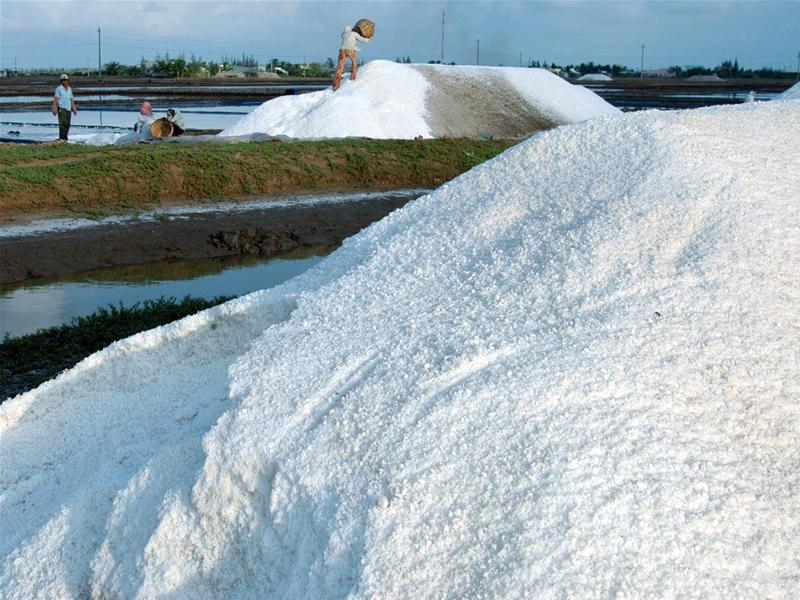
Everyone is aware that salt is commonly used for flavoring and preserving foods. Did you know that salt is also one of most commonly used drugs in aquaculture? In fact, it is sometimes referred to as the aspirin of aquaculture
Salt in its chemical form is sodium chloride (NaCl) and, as an approved chemical for food fish, requires no withdrawal time before marketing.
Many forms of salt are used, including table, meatcuring, pickling, and rock salt. Of these, the most commonly used and least expensive form is the meatcuring variety, When used properly, salt is employed in treating many external protozoans including Costia, Epistylis, Trichodina, Chilodonella, and the flukes Dactylogyrus and Gyrodactylus. Salt is used to treat bacterial gill infections and relieve stress during handling and transport. It also is effective for treating stress associated with nirtte poisoning in ponds.
Before any salt treatment is attempted a few general guidelines are suggested.
1. Use sensitive and accurate scales when calculating doses for treatment of small volumes of water contained in hauling or holding tanks. “Guesstimating” only ends in disaster.
2. Know the volumes of your tanks, pads, etc., beforehand. It is advisable to calculate these and have those values in a convenient location for ready use.
3. Perform a test treatment on a few fish before attempting large-scale treatment. Salt like other chemicals, reacts differently among different species and water qualities.
4. Prepare to remove fish or flush out salt baths with fresh water when fish first show signs of stress.
Treatment procedures involve calculating the volume of the water to treat, calculating the dosage of salt to apply, deciding which treatment method to use, and determining the rate of salt to apply for specific diseases. Each of these steps is outlined in the following sections.
Treatment Methods
The method of salt application depends on the disease organism, the fish, and the size and type of the aquaculture unit. Treatment methods include short-term dips, prolonged baths, and indefinite treatments.
Dip treatments involve very strong solutions to which fish are exposed for short periods of time, usually 30 seconds to 1 minute.
Prolonged baths are useful for treating fish in small tanks that can be rapidly flushed. Strong solutions of salt are added to the water. Fish are held in this salt solution with aeration from 30-60 minutes or until they show signs of stress.
Indefinite treatments are used when transporting or handling fish, or when dealing with large volumes of water, such as ponds, where low concentrations of salt are used indefinitely.
Calculation of Volumes
Knowing the volumes of your tanks and ponds beforehand is essential. Measurements used to determine volume are usually in feet and/or inches. The most common shapes of culture tank raceways are square, rectangular, or round tanks. Square or rectangular pond volumes are calculated in the same manner as square or rectangular tanks except an average pond depth is used. The method used to calculate volume of each is given below.
Volume of a Square or Rectangular Raceway, Tank, or Pond
Volume (Vol.) = Length x Width x Depth
Example 1: A rectangular tank is 12 feet (ft.) long x 3 ft. wide and is 3 ft deep. What is its volume?
Vol. = 12 fL x 3 h. x 3 ft. Vol. = 108 cubic feet (ft.
Volume of a Round Tank
Vol. = 3.14 x (radius x radius) x depth
Example 2: A round tank is 12 ft. in diameter and 4.5 ft. deep. What is its volume? (Radius= 0.5 x diameter.)
Vol. = 3.14 x (radius x radius) x depth
Vol. = 3.14 x (6 ft. X 6 ft.) x 4.5 ft.
Vol. = 3.14 x 36 ft2 X 4.5 ft.
Vol. = 508.7 ft.3
Calculation of Dosages
Once the volume is calculated in cubic feet, the gallons are determined using these conversions:
1 ft3 = 7.48 gallons (gal.)
1 acre-foot (1 surface acre x 1 ft. deep) = 325,851 gal.
1 liter(1)= 0.26 gal.
Other useful conversions:
1 pound (lb.)= 454 grams (g)
1,000 g = 1 kilogram (kg)
One of the most commonly used units of measure in aquiculture is the part-per-million, commonly referred to as ppm. If you calculate in percent, remember that 1% equals 10,000 ppm. The amounts of salt added to various volumes that result in 1 ppm concentrations are listed below.
1 ppm equals: 2.7 lb./acre-ft. 0.0283 g/ft.3 0.00378 g/gal. 1.0milligram(mg)/1
Example 3: How much salt is needed to make a 0.5% solution using an indefinite treatment in a 100-gal. transport tank?
0.5% = 5,000 ppm
Salt needed = 0.00378 g/gal. x 100 gal. x 5000 ppm
Salt needed = 1,890 g or 4.2 lbs.
Specific Treatment Rates
Specific treatments using salt are given in Table 1.

Fulltext: https://drive.google.com/open?id=0B2GPQ2loaETAMVUyT09oRVFmWEk
Source: Scott Fitzgerald, D.V.M. Animal Disease Diagnostic Laboratory Purdue University


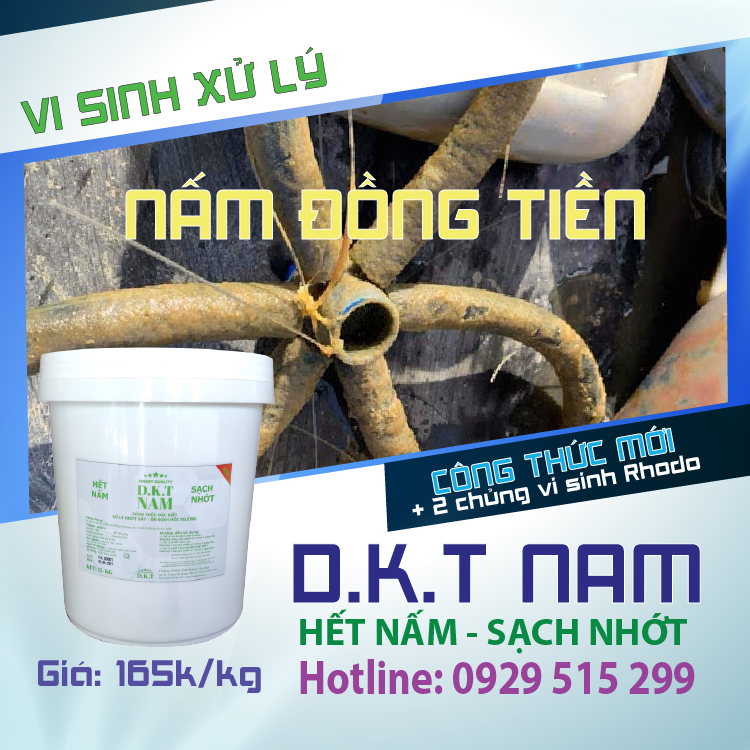

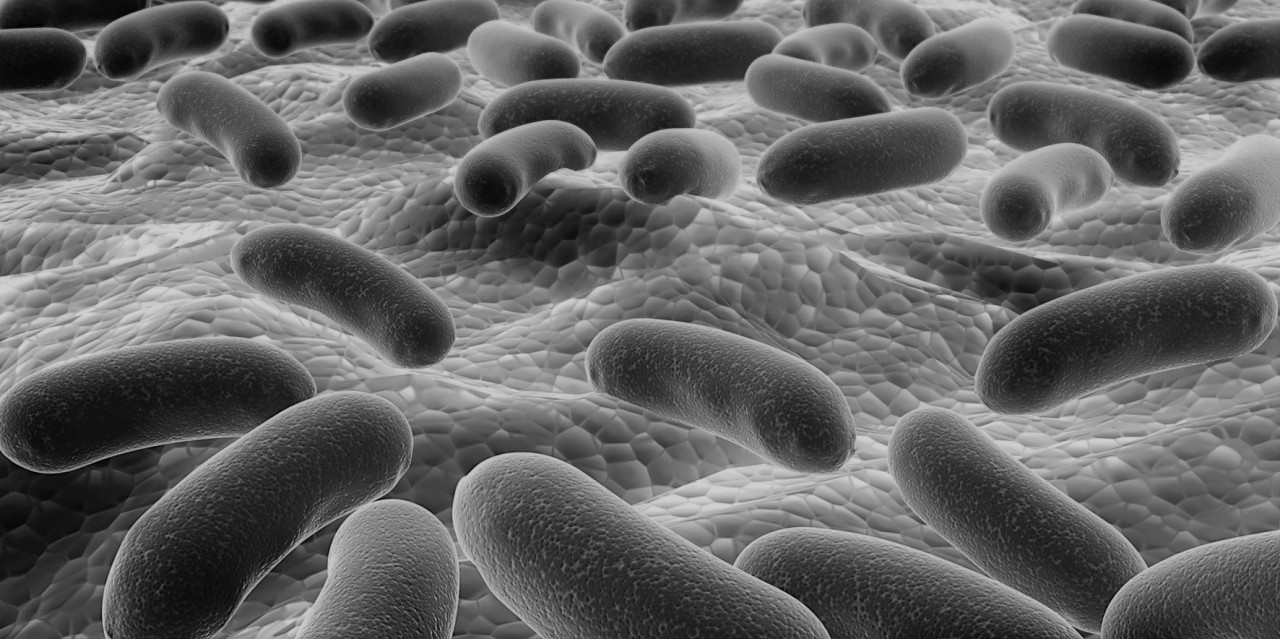
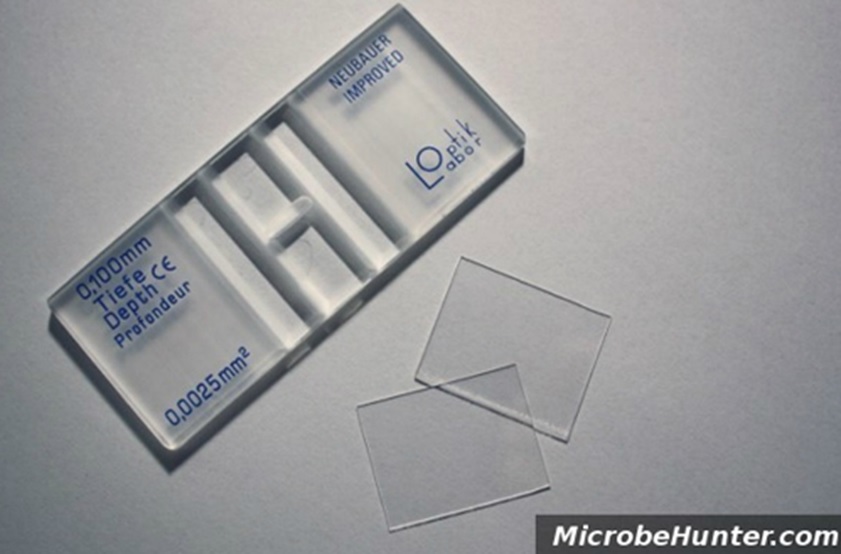
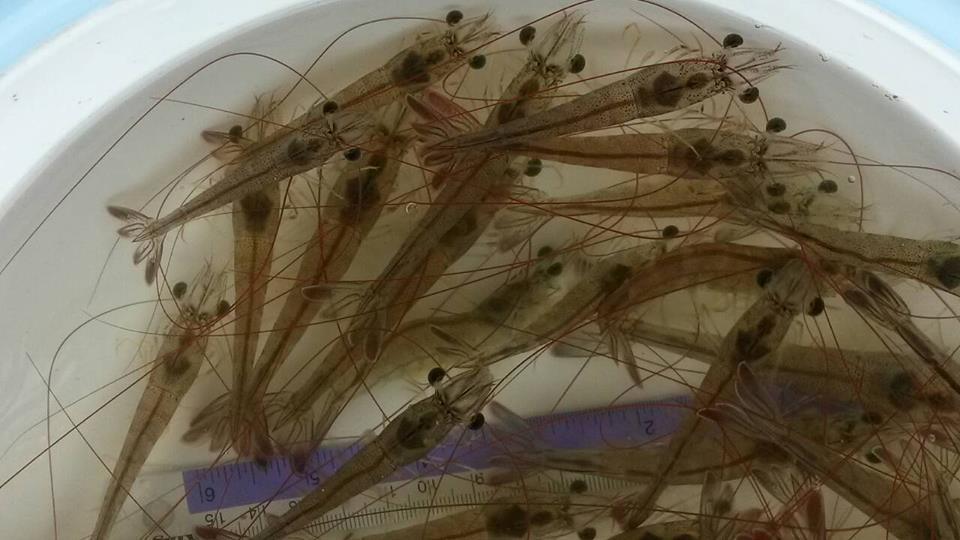
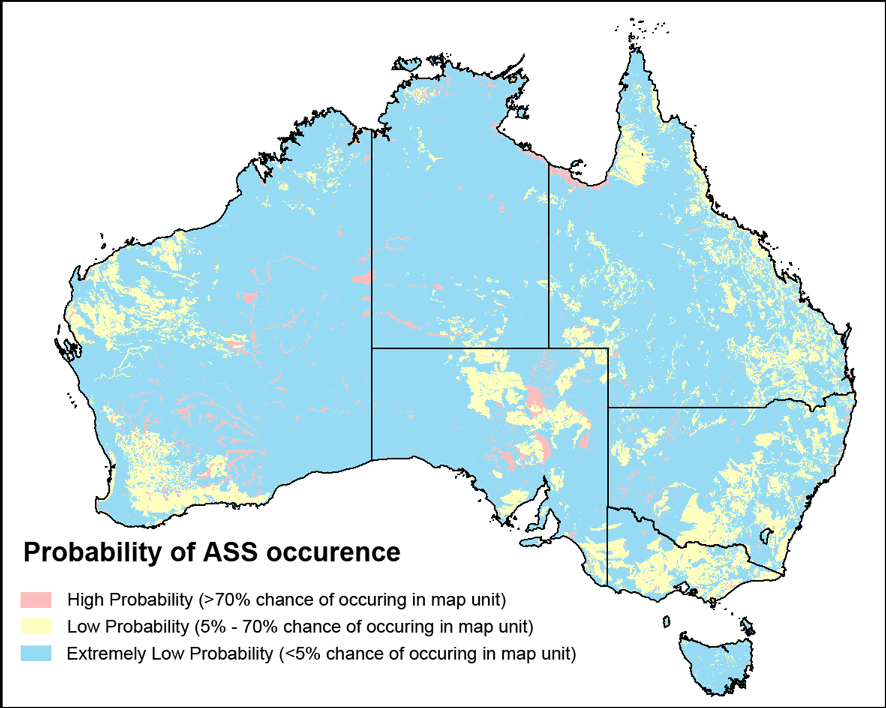
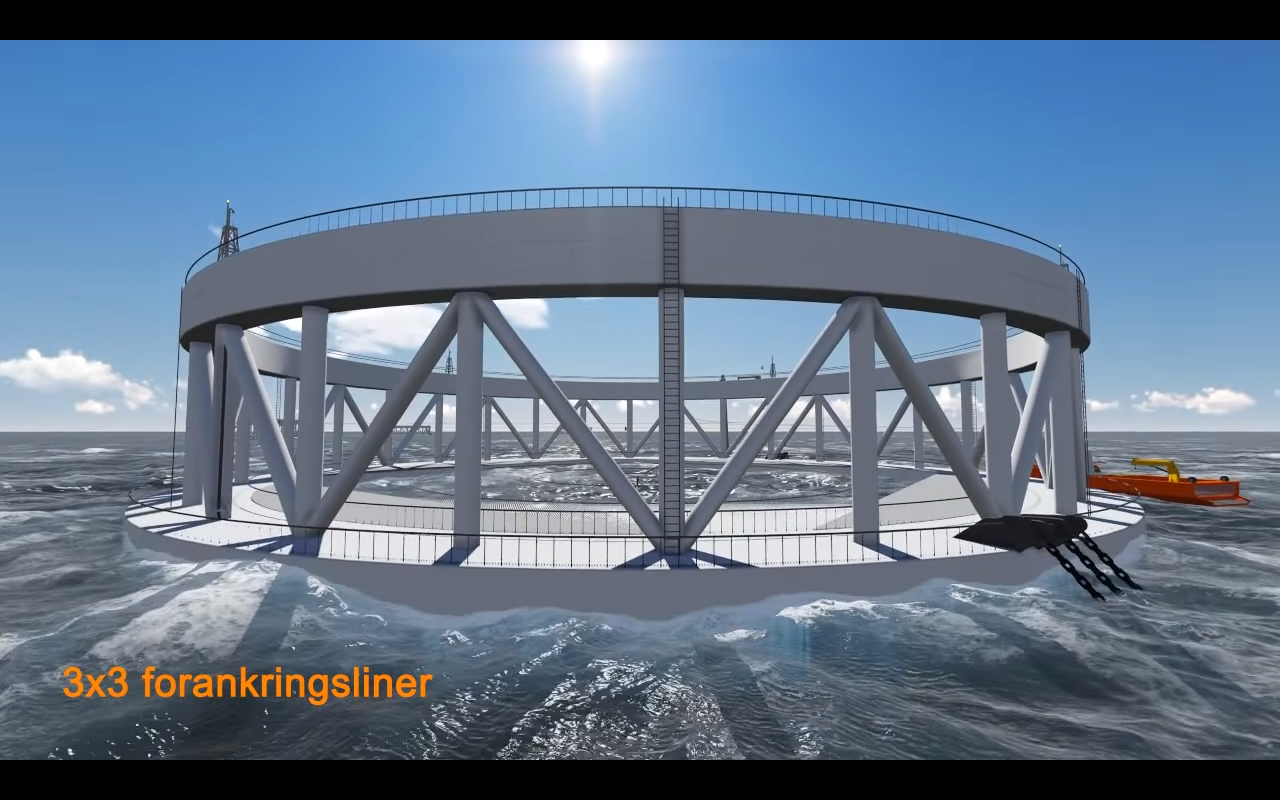
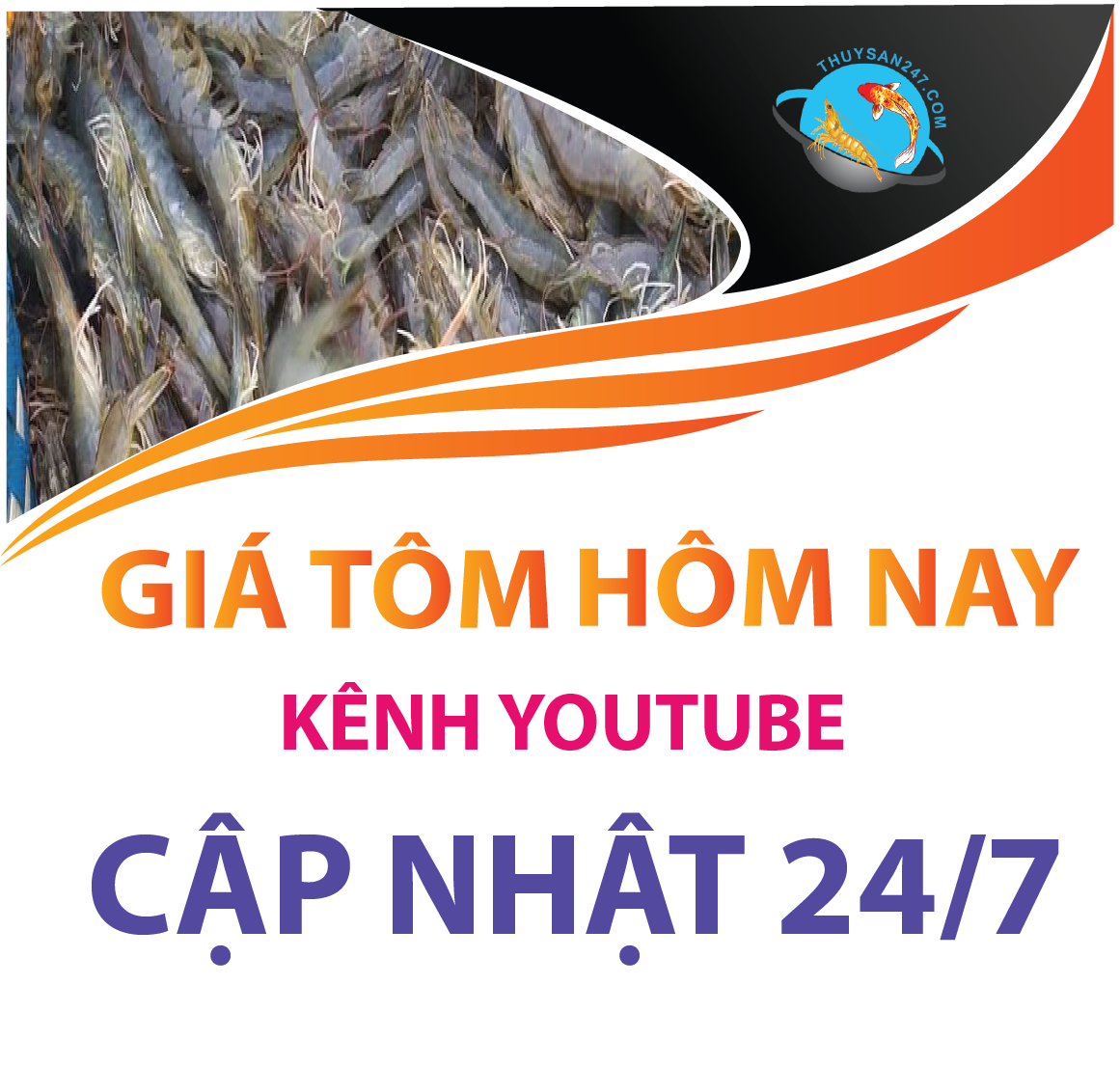
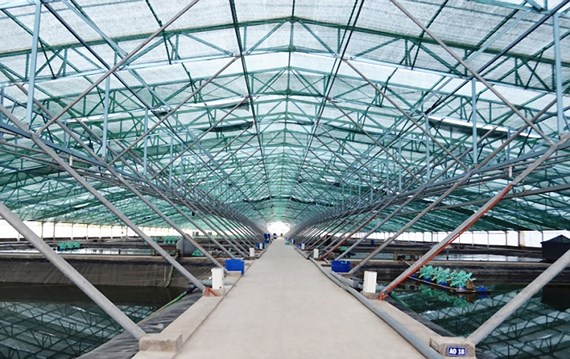

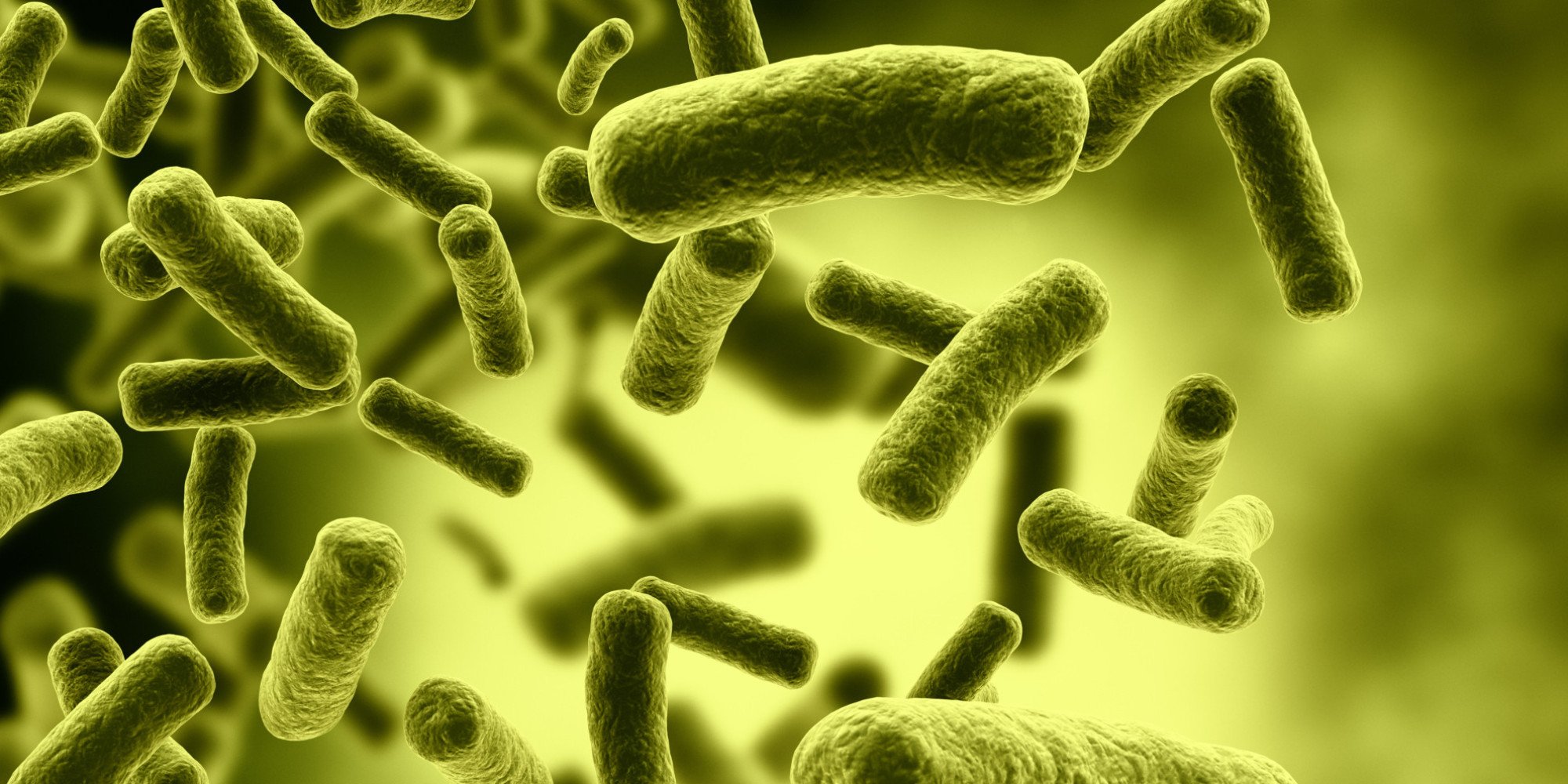
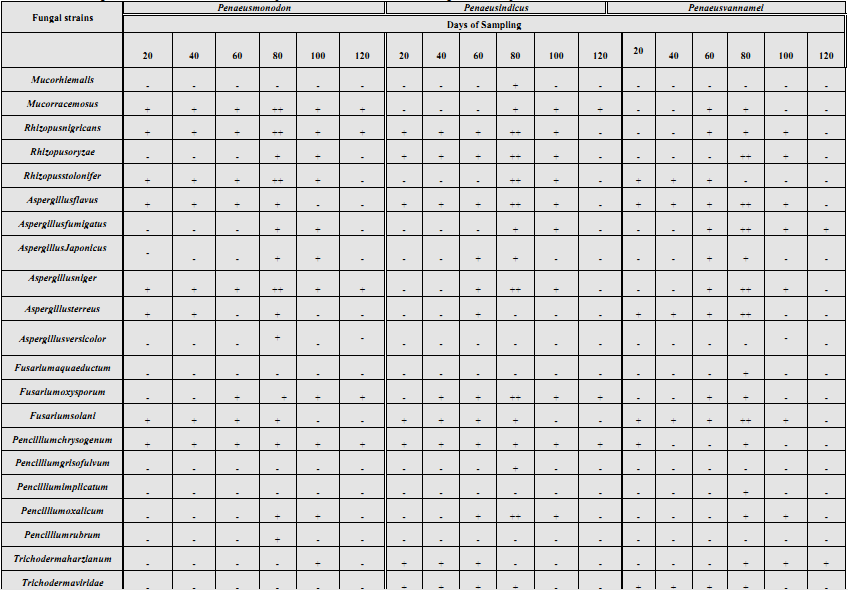
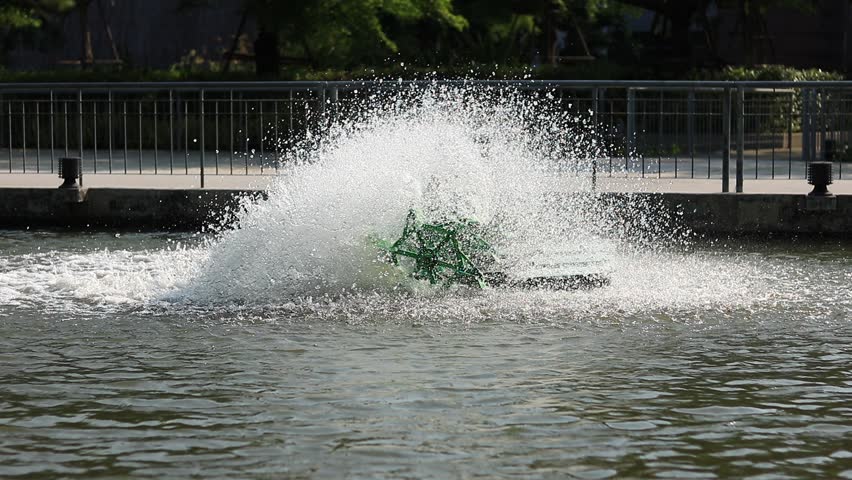
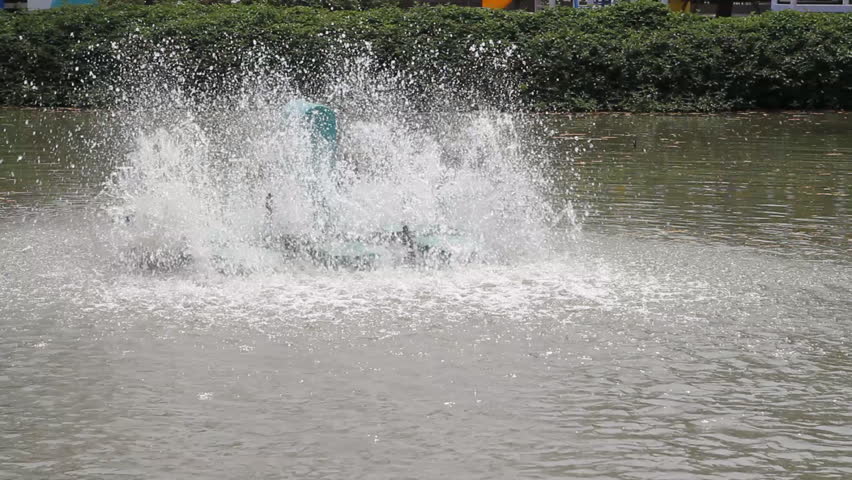
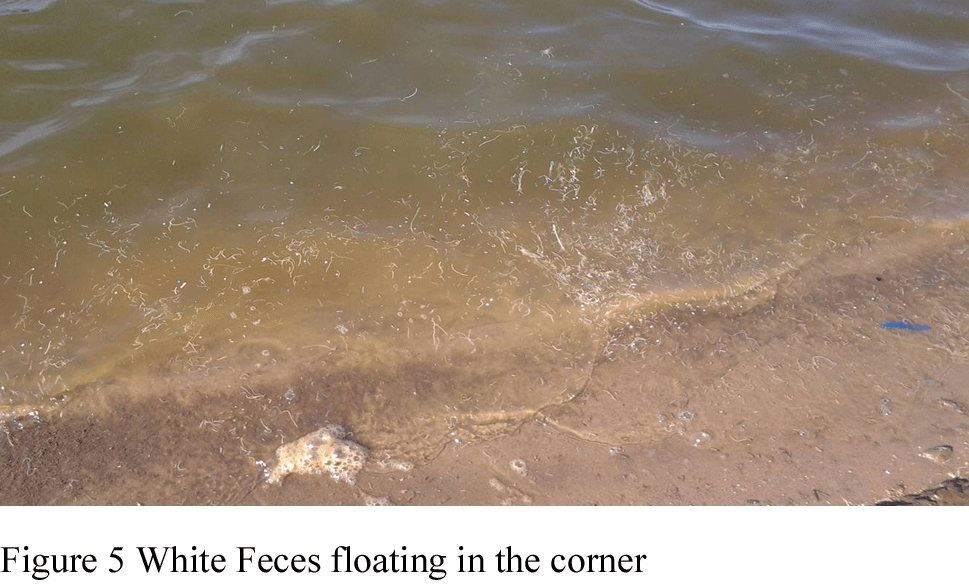
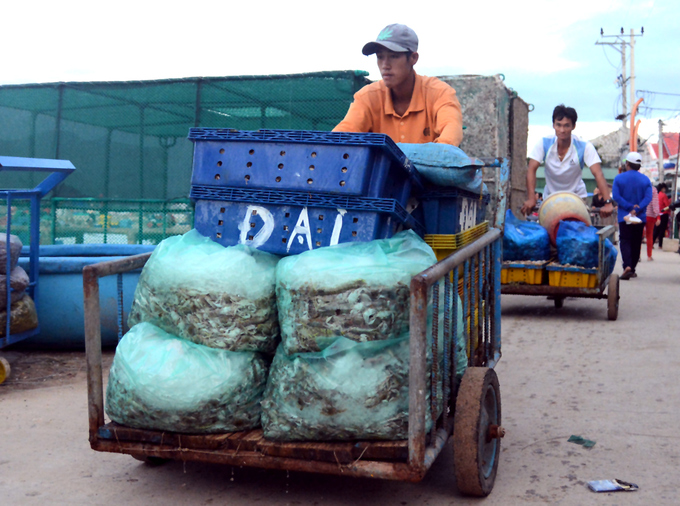

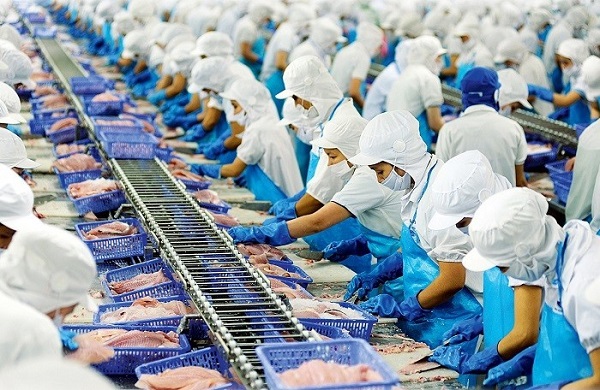

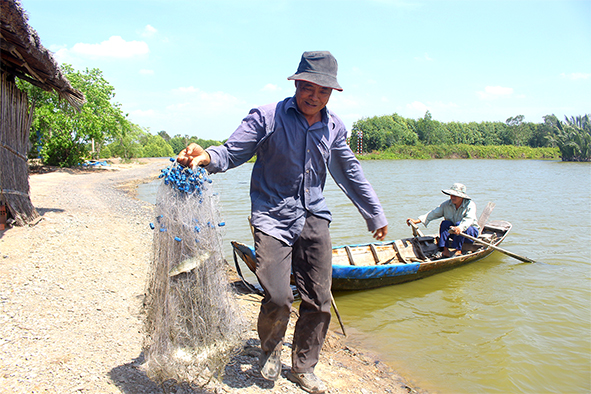
Bình luận bài viết